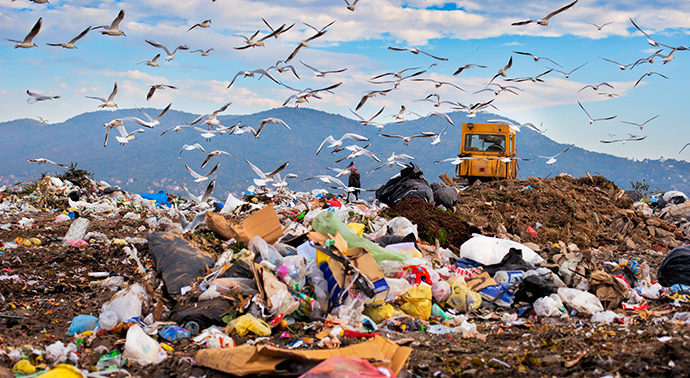Solid waste is disposed of in well-managed, well-engineered landfills nowadays. In order to assure compliance with federal rules, landfills are strategically placed, planned, operated, and monitored. Additionally, they are intended to safeguard the environment against pollutants that can be contained in the waste stream.
What Matters Regarding Landfills?
The proper disposal of solid waste requires landfills. They keep towns clean, lessen the amount of garbage that enters the environment, and aid in the prevention of disease.
The primary source of garbage disposed of in landfills is solid waste. There is a lot of trash, garbage, and used materials produced by homes, schools, restaurants, public spaces, marketplaces, offices, and other places. Most of these pollutants eventually find their way into landfills.
4 Different Landfill Types
- Landfills for municipal solid waste. Your trash is likely to wind up in a municipal solid waste (MSW) landfill if you dump it out in a trash can.
- Industrial waste disposal sites.
- Landfills for hazardous waste.
- Green waste disposal sites.
On sites with a history of garbage disposal, landfills are the reconstruction of semi-natural terrestrial ecosystems. In terms of age, waste composition, engineering design, and ecological practise, they are both common and distinctive.

Vegetation establishment is hampered by unfavourable pedoclimatic conditions in the landfill cover soil, such as gas issues, shallow soil, nutrient shortage, increased temperature, and leachate contamination. For newly renovated landfills, early successional plants must often be chosen and planted.
The ecosystem development of closed landfills typically coexists with natural processes and human intervention. The development of vegetation, which encourages the colonisation of faunal groups and promotes the invasion of late-successional flora, is linked to the potential for secondary succession.
After revegetation, closed landfills could be colonised by amphibians and reptiles within a few years, and the species diversity and abundance grow with time. Some meadows created on top of landfills could serve as homes for butterflies, including rare species.
Despite their appearance, recently closed landfills offer opportunities for animal protection. Closed landfills can be transformed into habitats with high conservation values with proper gas control, suitable soil management, and guided succession.
Mining In Landfills
Since a few decades ago, LFM has been used all over the world to handle site-specific concerns, primarily those relating to removing barriers to more lucrative land uses or to enabling the construction of larger landfill sectors in the same location.
Due to the challenges in determining the project’s economic viability, the application of LFM to other circumstances where the primary goal is the removal of a potential source of contamination or the recovery of resources has so far been restricted to a relatively small number of cases.
The idea of ELFM is now creating positive scenarios for the full realisation of LFM potential and stimulating the creation of novel strategies aimed at ensuring the economic viability of LFM activities concentrated on resource recovery. However, despite the fact that several research projects have been looking into the possibilities of LFM for resource recovery for more than 20 years already, the creation of affordable solutions is still a difficult task, according to many experts.

